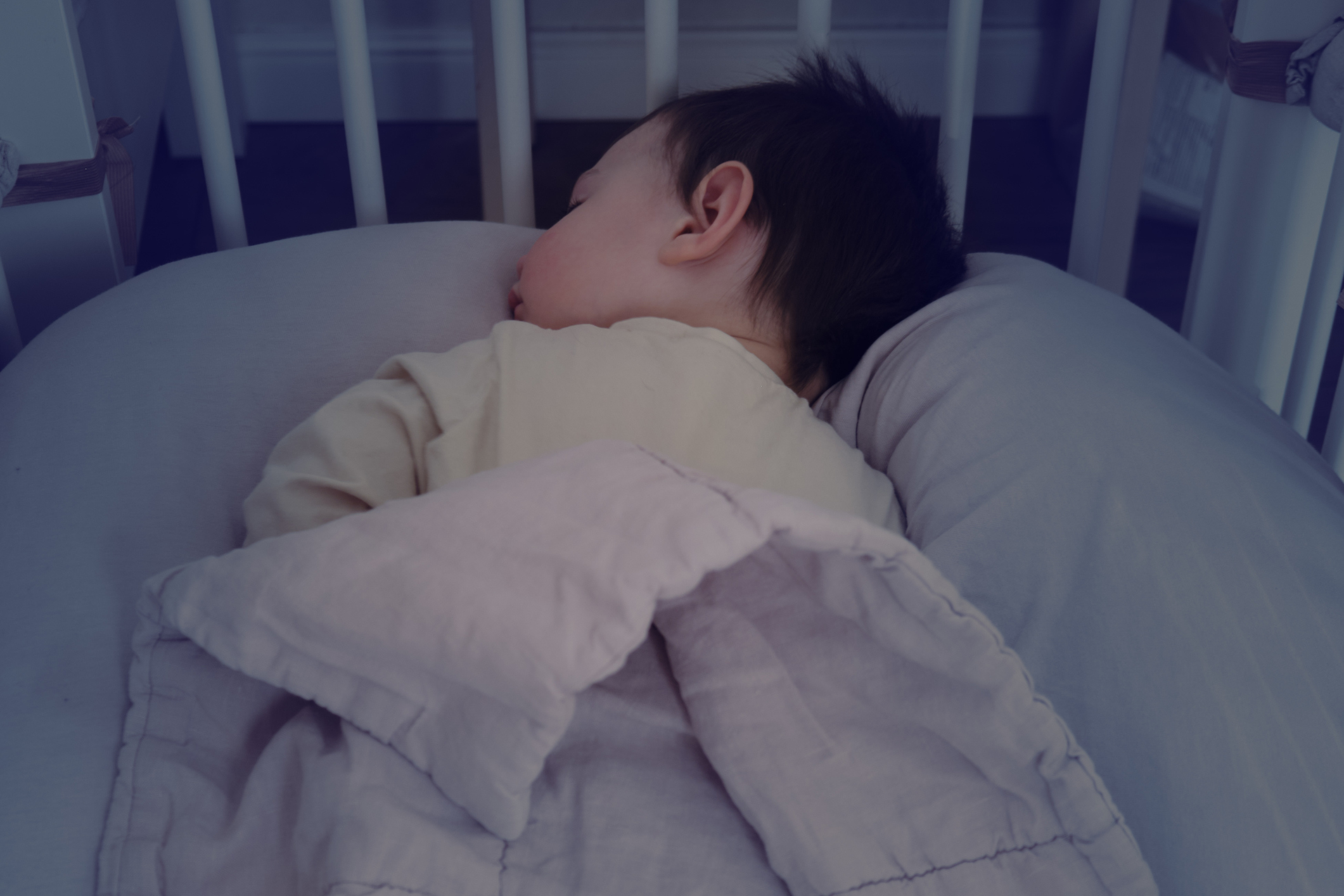
Episode Transcript
What is SIDS and what can I do to prevent my child from having it? I'm Dr. Cindy Gellner and that's today on The Scope.
What is Sudden Infant Death Syndrome (SIDS)?
The Back to Sleep campaign came out in 1994 to prevent childhood deaths from SIDS which is Sudden Infant Death Syndrome. And SIDS is pretty much where we have no idea what caused the sudden unexplained death of a sleeping baby under one year old. And it's the most common cause of death in babies between one month and one year of age in the United States. In the early 1990s, almost 5,000 babies died of SIDS. That number is now down to less than 2,000 since the Back to Sleep campaign.
Most of the babies who still die from SIDS are due to suffocation. Those babies who do not die of suffocation we're not really sure what is going on. There are a lot of theories that it could be a brain abnormality. It could be a metabolic disease that we just don't understand yet but it's still very traumatic nonetheless.
Risk Factors for SIDS
There are risk factors to put your child at risk for SIDS. If the mother smokes, drinks, or uses drugs before the baby is born. If the baby is born premature which is before 37 weeks of gestation or has a brother or sister who died of SIDS. If the baby is a boy or if the baby sleeps face down, sleeps with soft bedding, or is overheated when sleeping, those are the risk factors for SIDS. There is no evidence that immunizations can cause SIDS.
Reducing the Risk of SIDS for Your Baby
So how can I prevent SIDS from being a risk factor for my baby?
Sleeping Position
Be sure you put your baby to sleep on their back. Yes, we know that causes some flattening of their heads but most babies even if their heads are a little bit flat are still okay. There are some positioning exercises you can do if we start noticing their head shape changing by two months old, but sleeping on the back is significantly important in terms of preventing SIDS.
Bedding and Toy Safety
If you have your baby sleep in a crib make sure it's one for infants and that the mattress should be an infant crib mattress. One that is a firm mattress and do not let your baby sleep in the same bed with other children or adults. Do not place soft toys or extra pillows in the baby's crib and don't use the bumper pads that go around the crib because the baby can actually get lodged in there and have their face between the bumper and the mattress and suffocate.
If you do use a blanket for your baby, tuck it in so that your baby's face will not be covered. One thing I recommend to parents with babies is to have sleep bags. They have the arms and the head exposed for the baby and they just zip up just like a little bag. Your baby's in a bag. But they actually are good. They'll keep your baby warm without increasing the risk of SIDS.
Breastfeeding and Pacifiers
Some studies show that breastfed babies have fewer respiratory infections and that may increase the risk of SIDS so if you can breastfeed, that's advised. There has been a link to a lower risk of SIDS with using pacifiers. However, if your baby is not going to be one that uses a pacifier, don't force them. That will create a negative effect and sleeping on the back is what is really going to be the most important.
Temperature Control
Make sure your baby's room is not overheated. It should be comfortable but not over-hot. Your baby should not feel hot to the touch and should not be sweating excessively while sleeping.
Guidelines for Caregivers
Do not smoke around your baby. Parents who smoke around their babies also put their babies at higher risk for SIDS. If anyone is watching your child while you are not home make sure they follow these guidelines as well.
So again, while the cause of SIDS is not always known, there are many things you can do to try and decrease the risk of your baby having SIDS.
updated: September 18, 2023
originally published: October 27, 2014